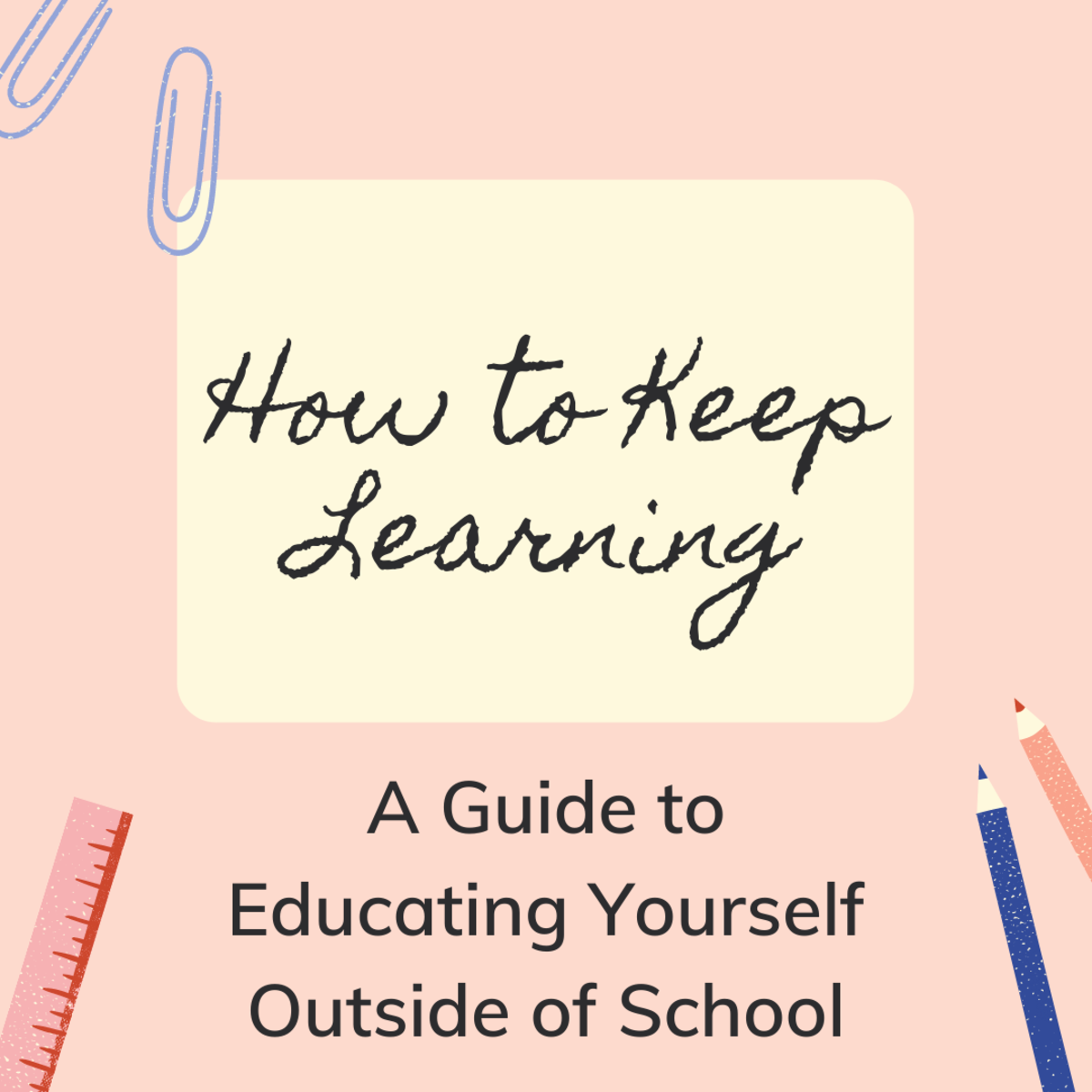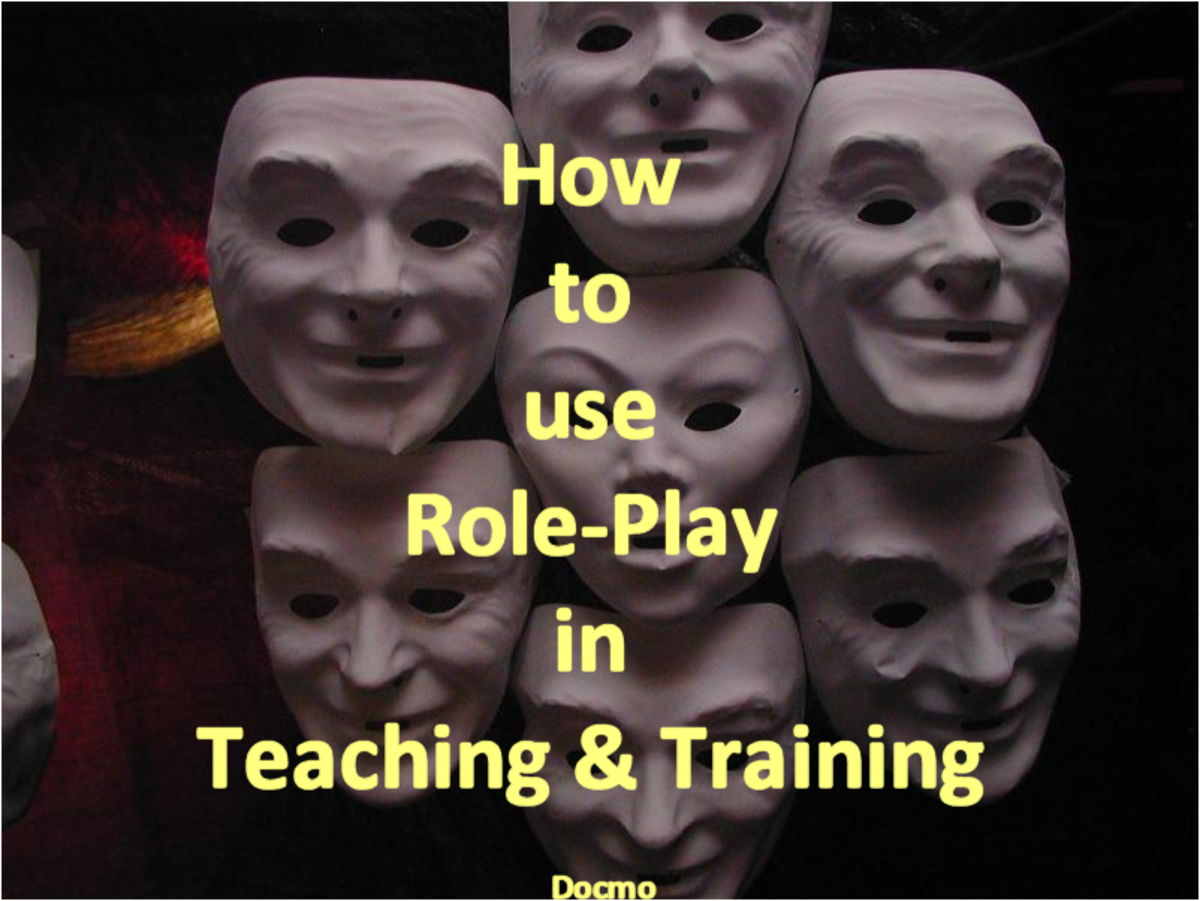Lifelong Learning

The Debate
Allow me to shed some light on what is a frequently debated topic in the field of Instructional Design: the difference between education, training, and professional development. I just happen to have a highly developed opinion on the subject. I recognize, however, that most of you may never have even considered it before this moment. So, at the very least, I hope to give you all something new to think about.
Education
I have come to regard education as one of those situations where learning is structured, directed by a “teacher” or other formal authority figure, and generalized in nature. More often than not the education process involves some cultural or societal objectives, and (at least in the lower grades) is built on the pedagogical model, where the teacher teaches, and the learner “soaks up” the new information. You may have noticed my use of the term “lower grades.” The fact that most of you knew exactly what I was talking about is testament to the highly institutionalized nature of education in our society. While it is true that with the accelerating rate of change, traditional views of education are changing. However, education is still basically a highly structured process for “transmitting” knowledge of a broad, comprehensive nature.
Training
Training, by contrast, is usually conducted for specific vocational reasons. It can be “technical” in nature (e.g., how to turn a valve, or how to run a specific software program), or it can involve “soft skills” used in a work setting (e.g., how to resolve conflict, or how to make better business decisions). Notice the use of the words “how to” in all of the previous examples. Training is usually geared toward giving a learner specific instruction on how to perform a task in an occupational setting. The goals of training are typically determined by the organization offering the training, as opposed to the learner.
Professional Development
Yes, but what about professional development? Is it “imposed” on us like education and training? Well, from my point of view, professional development is the one area that is generally initiated by the learner. Professional development may involve a wide variety of activities, including education and training. It can also involve joining a community group to gain leadership experience, volunteering for a special project, reading books, or even conducting research.
The Bottom Line
It all boils down to this: we humans tend to learn, grow, and develop throughout our lives. It is what sets up apart from other species. To be successful, we need to be lifelong learners. This “learning” takes many forms, from direct experience, to learning vicariously through the actions of others. Sometimes the learning is highly structured, and at other times it is serendipitous. Sometimes learning is imposed on us by others, and sometimes we seek it out. In other words, we are learning all the time, in a wide variety of situations.
This content is accurate and true to the best of the author’s knowledge and is not meant to substitute for formal and individualized advice from a qualified professional.
© 2014 Carolyn Fields








